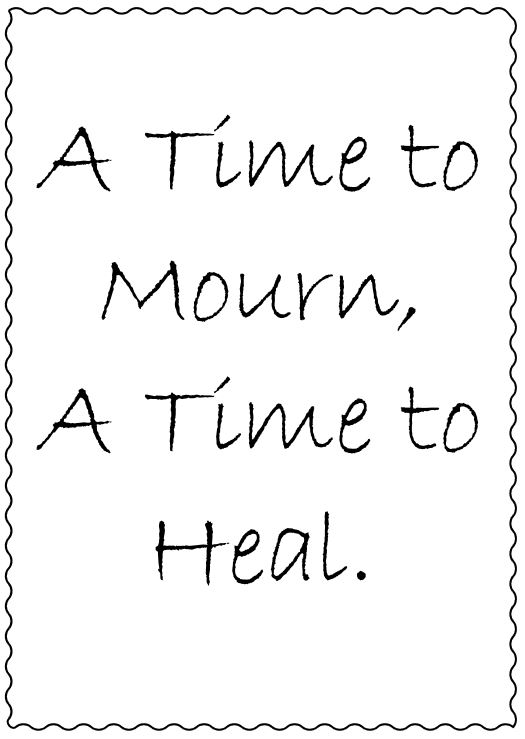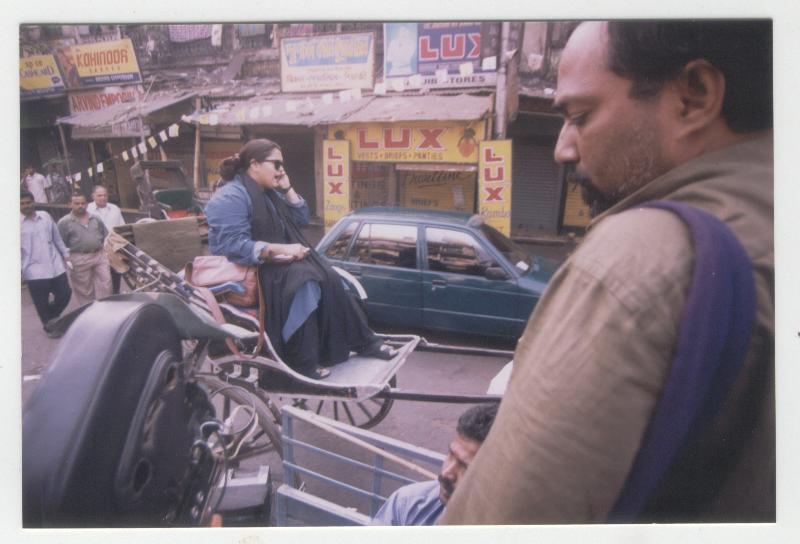The current talk of the town in the streaming world is undoubtedly Adolescence, a compelling four-episode series now exclusively available on Netflix. Since its release on March 13th, 2025, the show has swiftly resonated with audiences, amassing millions of views within its first month of release, along with a chorus of positive reviews from critics with a rating of 8.2 on IMDB and averaging 99% tomatometer on rottentomatoes.com.
The series is being mainly appreciated for two things – the acting and the one-take episodes. Each of the four episode, roughly one hour long, is shot in one take. The story of the series centres around a young boy named Jamie Miller (played by Owen Cooper) who is arrested on the suspicion of the murder of his classmate. The four episodes covers the investigation of the murder and how Jamie’s family are dealing with it.
One shot episode in TV series is very rare, although Adolescence is not the first one to do it. An article on Hindustan Times by Abhimanyu Mathur says that the popular Indian TV series CID had an 111 minutes long episode aired in October 2004 which was shot in a single take earning it a Guinness world record for the longest single take in a TV show. While not exclusively limited to entire episodes, many other shows and films utilize one-take filming for scenes or sequences to enhance the dramatic effect and create a sense of real-time action.
However, there are many good examples in films which were one-take films. The best example is the 2002 Russian film called Russian Ark directed by Alexander Sokurov. The film was a critically acclaimed one. Victoria (Sebastian Schipper, 2015), a German crime thriller film, also was shot in one single take. The hugely popular film 1917 (Sam Mendes, 2019), although not technically a single take film, gave the appearance of a single shot film through its meticulous cinematography which helped it win the Academy Awards for the Best Cinematography.
For Adolescence director Philip Barantini and creator and actor Stephen Graham it is not the first time they are coming together to make a project on making a one-take film. They worked together in Boiling Point, a feature film released in 2021, which did well in terms of critical appreciation. Their experience obviously helped in making Adolescence in a masterpiece of a TV show.
Making a whole film or an-hour long episode in one-take is challenging and requires elaborate planning and coordination among the crew and the actors. The technical challenges are considerable as it needs precise choreography and skilled cinematography to do justice to the film. One of the key aspects of a successful one-take film is its blocking—the deliberate placement and movement of actors within the frame—which becomes a storytelling device in itself. Unlike traditional filmmaking, where multiple angles and cuts can guide the viewer’s attention, a one-take film relies entirely on the real-time movement of the camera and the actors to create rhythm, tension, and narrative flow. This puts a tremendous amount of pressure on everyone involved, especially the camera operators and focus pullers, who must anticipate every move without the safety net of editing.
Lighting is especially challenging in one-take films, as it must adapt smoothly to changing locations and conditions. Actors also face pressure to perform flawlessly for extended periods, since even minor mistakes can force a complete reset. This means there are instances where improvisation is required from the actors and sometimes this works in favour of the film as they can appear more natural.
The question now is, like any other cinematic technique, the use of the one-take cinematography must be justified. In other words, the choice of the technique should be based on the theme and style of the film or the show. Adolescence is a psychological crime thriller drama that makes the characters as well as the audiences wonder or question who actually committed the crime. Jamie keeps denying the charges and claims that he is innocent and his father believes him even when they are shown a CCTV footage of the crime. The screenplay writing makes sure that even the audience are on the side of Jamie.
The first episode opens with the police raiding the Miller house in order to arrest young Jamie. The scene is fast and somewhere it becomes chaotic, especially for the Miller family consisting of Jamie’s parents and his sister, as the police ransack the house looking for evidences. The whole episode begins at dawn arrest to Jamie being taken to the nearby police station where he is detained, processed and interrogated in the presence of his father. Using a single-shot method elevates the tension and the ‘dizziness’ of the audiences as the continuous shot follows the characters and action without any edit or cut. The whole series is lined up with more scenes of suspense and thrill and ultimately ending with acceptance of the inevitable by the characters, particularly Jamie and his family. It is a non-stop thrilling ride for the audiences as they follow the action every step of the way.
The second episode happens three days after the arrest of Jamie where the two police officers Bascombe and Frank visit Jamie’s school and questions his classmates as they try to figure out the Jamie’s motive and also the murder weapon. The disturbed state of the small community is also reflected by the fast paced action as there is a fire alarm and later one of Jamie’s friends try to run away and is chased through the school. The camerawork is again faultless even when the chase scene happens and we are left wondering how it was done. Towards the end of this episode, the camera goes from the ground on to a crane shot, goes over a couple of blocks and lands in a smooth way to where Eddie, Jamie’s father, comes leave flowers at the site of the murder in Katie’s remembrance.
The third episode happens seven months after the murder and a psychologist is talking to Jamie in a detention centre. We see Jamie’s mood fluctuating and try to get an upper hand in the conversation. The fourth episode happens on the 50th birthday of Eddie and thirteen months after the murder. The whole family is trying to come to terms with the ostracization they are facing from the community as well as Jamie’s consequent wish to accept the charge labelled on him.
Continuous single take means it does away with the idea of the long-established technique of continuity editing. This approach not only immerses viewers in the unfolding drama but also emphasizes the emotional weight of each moment, allowing audiences to experience the characters’ turmoil and decisions in real time. Single-take shots provide a seamless narrative flow, making the audience feel as if they are part of the unfolding events.
In order to achieve the feat in Adolescence they had to shoot each episode for about ten times and sometimes more[i]. In the present times the single shot cinematography has been made easier and by digital technology. Directors like Alfred Hitchcock have used single shots to leave a distinct imprint on their films, but for sequences as it was not possible for shots longer than 10 minutes or as one film can could film only that much.
Using a single-take style creates inescapable tension and that relates to the theme of the show which can summarily be accounted as male rage, toxic masculinity, and online misogyny. Internet is taking a grip of the whole and the young people with impressionable minds are the worse impacted. In the final episode, Eddie’s haunting realization—“We thought Jamie was safe in his room with his computer, his games, the internet…”—lays bare the tragic irony of modern parenting. The illusion of safety behind a screen shatters when the digital world becomes the real predator, warping perception and fueling isolation. As The Guardian observed, the series isn’t just about individual violence but “cyberbullying, the malign influence of social media, and the unfathomable pressures faced by boys in Britain today.”[ii] The single-take technique reinforces this by denying the viewer the comfort of distance—just as Jamie couldn’t escape the digital echo chamber, neither can we look away from the consequences.
The camera’s refusal to cut also mirrors the way extremist ideologies metastasize online: seamless, relentless, and without pause. There’s no buffer between exposure and indoctrination, just as there’s no edit to soften the show’s brutality. The style becomes a metaphor for the way the internet collapses boundaries—between public and private, influence and action, entertainment and radicalization.
NOTES:
[i] Butcher, S. (2025, March 18). How adolescence’s creators pulled off the most dizzying TV feat of the Year. Empire. https://www.empireonline.com/tv/features/adolescence-making-of-most-dizzying-tv-feat/
[ii] Guardian News and Media. (2025, March 17). “unnervingly on-the-nose”: Why adolescence is such powerful TV that it could save lives. The Guardian. https://www.theguardian.com/tv-and-radio/2025/mar/17/adolescence-netflix-powerful-tv-could-save-lives












